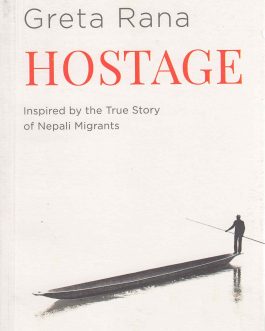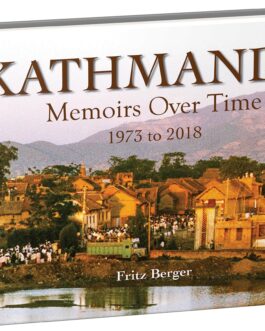Description
Sandwiched between India and China, Nepal spreads over I,41,181 square kilometers of land, 0.03 per cent of the earth. Despite being small in size, Nepal is rich in ecological and cultural diversities. Its vast ecology can be divided into the Himalayas, high-hills, mid-hills, Siwalik and Tarai. It is the birth of Mt. Everest (8,848-m), the highest peak of the world, and the birthplace of Gautam Buddha, a great philosopher and the apostle of world peace. A human skeleton found near the Tinau River of Butwal in west Nepal dates back to over 110,000 years, testifying to the fact that Nepal was the cradle of ancient oriental civilization. Sadhus, sages and seers lived here and developed meditation, penance and spread enlightenment.The ancient states like Videh, Birat, Salesh-Mahisotha, Kirat, Kapilvastu, etc were famous in the plains of Nepal Terai, which is mentioned in ancient literature too. In course of time, the people from Tarai migrated to the hills and Kathmandu Valley, giving birth to new cultures and ruled in the Kathmandu Valley over three thousand years ago.
Nepal is a multi-ethnic, multi-lingual, multi- religious, and multicultural nation. There are 121 caste/ethnic groups, and more than a dozen languages are spoken, and there are ten types of religious categories across the country (CBS, 2011). According to Bista (1991), Nepal is divided into three different ethnic groups: the Khas, the Kirat, and the Madheshis. The people living, particularly in the hills belong to the Khas (now including Bahun and Chhetri) and the Kirats to the Mongoloid race. Madheshis are dwellers of the Terai region of Nepal. Aryan, Mongoloid/lUrat and Dravidian are major races in Nepal.












Reviews
There are no reviews yet.